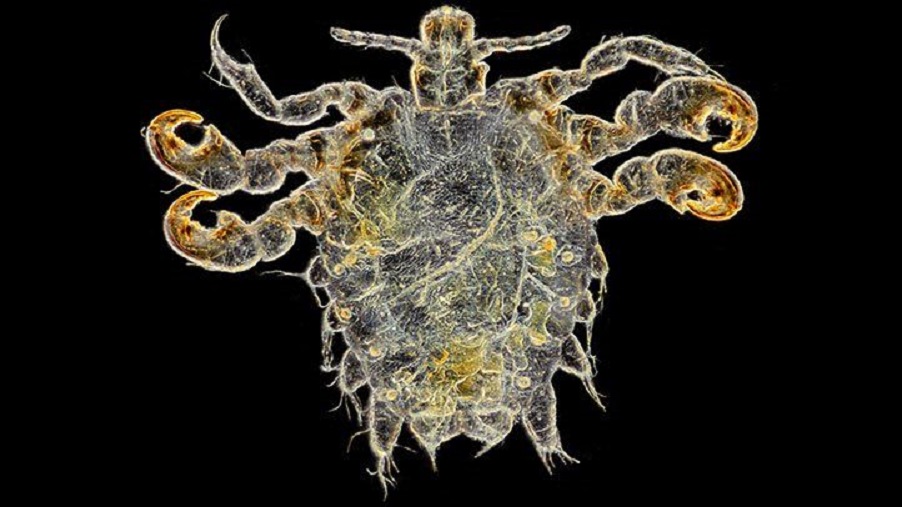Elon Musk’s Department of Government Efficiency (DOGE) has found over $14 million in spending to preserve pubic lice.
Former President Joe Biden’s claimed that his administration’s infrastructure bill would “set the United States on course to meet its climate goals, create millions of good-paying jobs, enable more Americans to join and remain in the labor force, and grow our economy from the bottom up and the middle out.” Joe had high aspirations indeed, but now DOGE has revealed strange schemes that that do not pass the sniff test. “Pork barrel” legislation isn’t a new thing in Washington D.C., but this new “parasite project” might take the cake.
Nomenclature Adjustment
Hidden in the climate change portion of the bill is a section where hundreds of millions of dollars are set aside to create “replacement ecosystems” for “endangered, vulnerable and threatened” animals. The goal of the program sounds simple enough, although its execution will certainly be a lengthy and expensive task: create and monitor preserves for the most critically endangered species. Traditionally, a wildlife preserve is a protected natural area of land or water focused on the conservation and scientific study of certain wild animals, plants, or geological features. The bill, however, adds on an additional type of natural area: the human body. The new language includes a person’s body as a potential preserve, and at first it wasn’t clear why this was done.
After reading into the details of this provision, it is now clear why the change was made. Pthirus pubis is one of the critically endangered species on the list, and there is 14.2 million dollars dedicated to creating new habits for the creatures. If things continue the way they are going, they’re going to go extinct, and one of God’s creatures will be lost to the world forever. Big government’s solution? Pay somebody to keep them alive. And just what are the creatures called Pthirus pubis? Pubic lice. Crabs.
Paid Preserves
Once again for clarity: This bill provides funding to pay people to keep pubic lice in their nether regions.
It turns out that the world has done too good of a job getting rid of the little guys in recent decades. What’s interesting is that this program is actually more straightforward and achievable than most of the other projects. The money goes to scientists who are paid to raise the lice like cattle in the lab and then supervise their transfer to volunteers who are paid a stipend to “host” the crabs. The volunteers cannot cut their pubic hair since it is the lice’s habitat and they’re forbidden from using anything containing permethrin, pyrethrins and piperonal butoxide as these chemicals are deadly to the lice. Independent monitors are assigned to each volunteer to ensure compliance with the protocols which also include counting and naming the lice since studies found that people who bond emotionally with their infestation tend to have more successful colonies over several generations. Special bonuses are provided for those who consent to hosting in beards, eyebrows, and eyelashes.
The good news? It’s not as bad as it could have been. An earlier version of the bill allocated only $700 and outsourced the work to a moderately sized village in Northern India. Now that DOGE has done it’s due diligence, Trump decreed that these jobs will only go to Americans that can prove citizenship. That’s progress!


Wow.